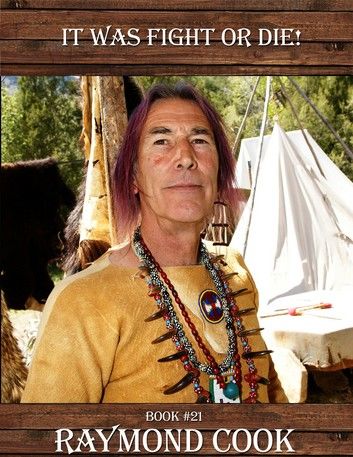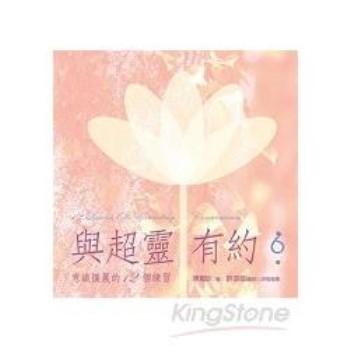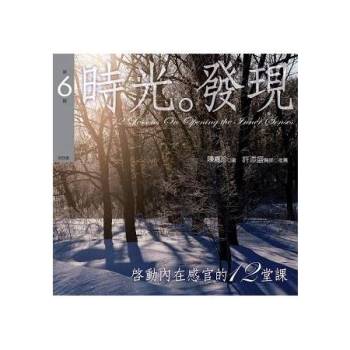| FindBook |
有 1 項符合
It Was Fight Or Die!的圖書 |
 |
It Was Fight Or Die! 作者:Raymond Cook 出版社:Raymond Cook 出版日期:2015-08-19 語言:英文 |
| 圖書館借閱 |
| 國家圖書館 | 全國圖書書目資訊網 | 國立公共資訊圖書館 | 電子書服務平台 | MetaCat 跨館整合查詢 |
| 臺北市立圖書館 | 新北市立圖書館 | 基隆市公共圖書館 | 桃園市立圖書館 | 新竹縣公共圖書館 |
| 苗栗縣立圖書館 | 臺中市立圖書館 | 彰化縣公共圖書館 | 南投縣文化局 | 雲林縣公共圖書館 |
| 嘉義縣圖書館 | 臺南市立圖書館 | 高雄市立圖書館 | 屏東縣公共圖書館 | 宜蘭縣公共圖書館 |
| 花蓮縣文化局 | 臺東縣文化處 |
|
|
“It Was Fight Or Die!” ©2014 by Raymond Cook is a 224 page story about the conflict between settlers coming to Colorado and the bands of Indians that inhabited that land in the 1890’s. Before the coming of white people to the land that would be called the ‘Colorado Territory’ many groups of Indians inhabited the land.
The Apache, Arapaho, Comanche, Crow, Kiowa, Paiute, Pueblo, Shoshone, Sioux and the Ute tribes relied on vast hunting and fishing grounds not only for food but also clothing. Some tribes lived peacefully near each other, traded and sometimes even inter-married between tribes. Other tribes though were bitter rivals and attacked each other.
The ‘Homestead Act of 1862’ was the match that lit millions of Americans dreams back east of wanting to own their own land out west. Each married couple was eligible to own 160 acres of land out west if they built a home, lived on the land and farmed it for five years. The gold rush era of Colorado too brought thousands upon thousands of pioneers to the rugged Rocky Mountains in hopes of striking it rich.
Some families traveled 1,500 miles by covered wagon to reach Colorado to stake their claim. For those who didn’t want to homestead, they could prospect for gold or silver or start up a business. As wagon trains brought setters to Gunnison County, Indian conflicts occurred frequently and the settlers demanded the U. S. Calvary remove the Indians.
Many battles large and small were fought. With the use of the Gatling gun and cannon, most Indian tribes were forced into surrendering. The Indian people were relocated to reservations with the promise of an annual allotment of cattle to feed their people and good land to live on. But the U. S. Government often times failed to provide the annual cattle allotments promised to the tribes who gave up their lands, hunting grounds and way of life.
If the Indians tried to flee the reservation they were either killed trying to escape or were hunted down and killed. Their children were spit upon and forced to give up their language and customs and learn the English language. The town of Marble, in Gunnison County was prosperous by 1900. Cattle ranchers needed ranch hands and The Yule Quarry outside of Marble needed workers to work at the quarry.
By 1900 nearly 400 people lived in or around Marble. The town even had its own newspaper and a dentist. Not only that but they were about to have hand pumps in their houses and businesses so they wouldn’t have to go outside to fetch water. The railroad would soon come to Marble too and that would open the area up to even more settlers. But the families in and around the town of Marble needed food, lots of food.
Elk, buffalo, deer and antelope were free for the taking but cattle cost 15 cents a pound. As settlers hunted more game to feed their families, meat for the Indians dwindled. In Gunnison County there were scattered bands of Shoshone, Paiute, Ute and Sioux Indians who refused to go to reservations. As hunting parties returned to their villages with less and less game they knew they faced starvation in the winter ahead.
If they didn’t fight back against the settlers and try to reclaim their lost hunting and fishing grounds, the Indian people would surely to die. The Shoshone, Sioux and Paiute people had no choice but to join forces and make a stand or die trying after they discover an entire village of Ute Indians murdered. This is their story.
This is my 21st of 22 western frontier eBooks I have written since 2011.
|











